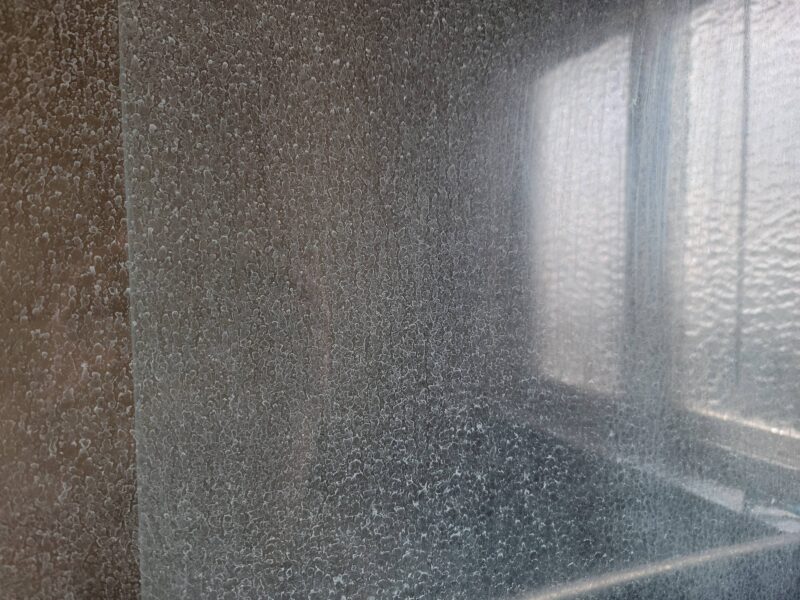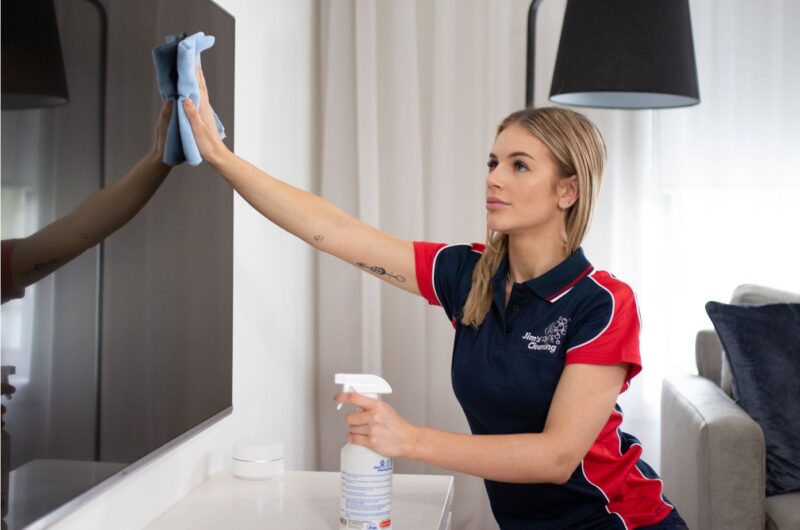Where to Find and Eliminate Hidden Germs In Your Home

Your home is your sanctuary, a place where you expect to feel safe and comfortable. However, lurking in the corners and on surfaces you frequently touch are hidden germs that can pose health risks to you and your family. Understanding where these germs hide and how to effectively eliminate them is crucial for maintaining a healthy living environment. In this detailed blog, we will uncover some common but often overlooked germ hotspots in your home and provide practical tips on how to tackle them.
1. Kitchen Sink
Why it’s a hotspot: The kitchen sink is a breeding ground for bacteria due to food particles, dirty dishes, and constant moisture.
How to clean it:
- Daily: Rinse the sink with hot water and use a mild dish soap to remove food particles.
- Weekly: Disinfect with a mixture of vinegar and baking soda or a bleach solution (1 tablespoon of bleach to 1 litre of water). Scrub the sink, including the faucet and handles, and rinse thoroughly.
2. Cutting Boards
Why it’s a hotspot: Cutting boards, especially those used for raw meat, can harbor bacteria like E. coli and salmonella.
How to clean it:
- After each use: Wash with hot, soapy water. For plastic boards, a cycle in the dishwasher is effective.
- Weekly: Disinfect wooden cutting boards with a solution of 1 tablespoon of bleach to 4 litres of water. Let it sit for a few minutes, then rinse thoroughly. For a natural option, use white vinegar or hydrogen peroxide.
3. Dish Sponge
Why it’s a hotspot: Sponges are porous and can trap moisture and food particles, making them ideal for bacterial growth.
How to clean it:
- Daily: Squeeze out excess water after each use and store it in a dry place.
- Weekly: Disinfect by microwaving a damp sponge for 1-2 minutes or soaking it in a bleach solution (1 part bleach to 9 parts water) for 5 minutes.
4. Refrigerator Handles
Why it’s a hotspot: Handles are frequently touched, often with unwashed hands.
How to clean it:
- Daily: Wipe handles with disinfectant wipes or a cloth soaked in soapy water.
- Weekly: Use a disinfectant spray or a homemade solution of vinegar and water to thoroughly clean handles.
5. Bathroom Faucets
Why it’s a hotspot: Faucets are touched before and after washing hands, spreading bacteria and germs.
How to clean it:
- Daily: Wipe faucets with a disinfectant wipe after use.
- Weekly: Scrub with a disinfectant cleaner or a bleach solution, paying attention to the base and handles.
6. Remote Controls and Electronic Devices
Why it’s a hotspot: These devices are handled frequently and can accumulate germs from hands and other surfaces.
How to clean it:
- Weekly: Wipe down with disinfectant wipes or a cloth lightly dampened with a solution of equal parts water and rubbing alcohol. Ensure the device is turned off and avoid getting moisture into any openings.
7. Light Switches and Door Handles
Why it’s a hotspot: These are high-touch areas that can accumulate germs from multiple users.
How to clean it:
- Weekly: Wipe with a disinfectant wipe or a cloth soaked in soapy water. Follow up with a disinfectant spray if necessary.
8. Toilet Flush Handle
Why it’s a hotspot: The handle is often touched with unclean hands, making it a prime spot for germs.
How to clean it:
- Daily: Wipe with a disinfectant wipe or a cloth soaked in soapy water.
- Weekly: Use a disinfectant cleaner or a bleach solution to scrub the handle and surrounding area.
9. Toothbrush Holders
Why it’s a hotspot: Moisture and residual toothpaste can create an ideal environment for bacteria.
How to clean it:
- Weekly: Wash with hot, soapy water. Disinfect by soaking in a solution of 1 part vinegar to 3 parts water for 10 minutes, then rinse thoroughly.
10. Laundry Baskets
Why it’s a hotspot: Dirty clothes can harbor bacteria, fungi, and other pathogens.
How to clean it:
- Monthly: Wipe down with a disinfectant wipe or a cloth soaked in soapy water. For fabric baskets, consider washing them in the laundry if possible.
Additional Tips for Keeping Germs at Bay
- Handwashing: Encourage frequent handwashing with soap and water, especially after using the bathroom, handling raw food, or touching high-contact surfaces.
- Disinfect Regularly: Use EPA-approved disinfectants to regularly clean high-touch surfaces and objects.
- Laundry Practices: Wash towels, dishcloths, and bedding frequently in hot water.
- Ventilation: Ensure good airflow in your home to reduce moisture and prevent the buildup of bacteria and mold.
By identifying and addressing these hidden germ hotspots, you can significantly reduce the risk of illness and create a cleaner, healthier home environment. Remember, regular cleaning and disinfection are key to keeping germs at bay and ensuring your home remains a safe haven for you and your loved ones. When you engage a professional cleaner to clean your home you can be sure your home is sanitised thoroughly. Book your professional clean today!



